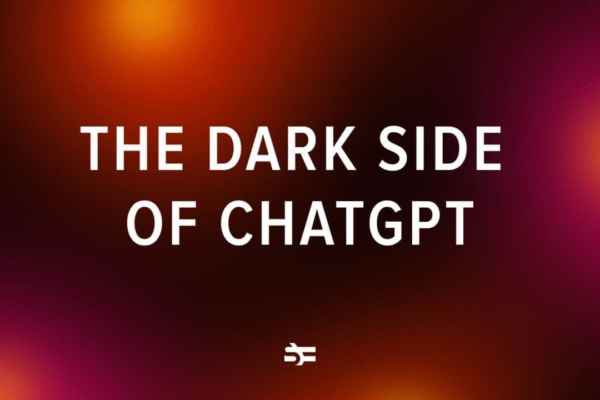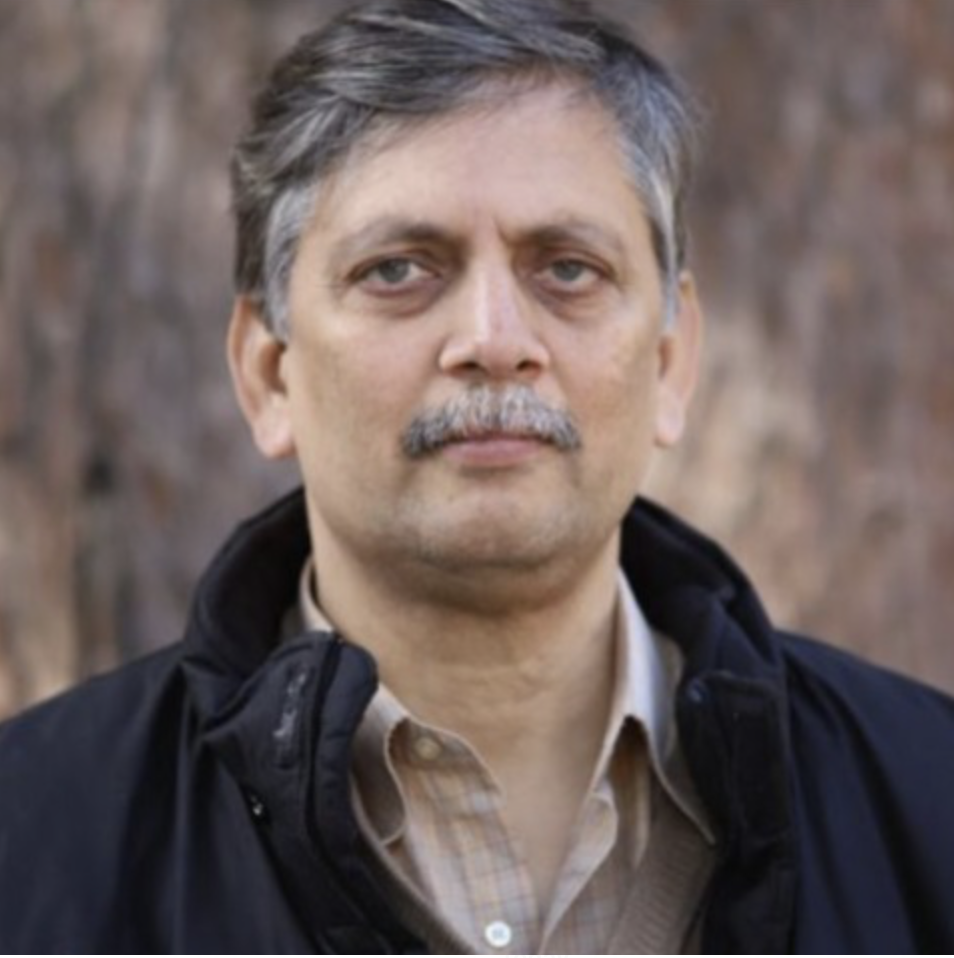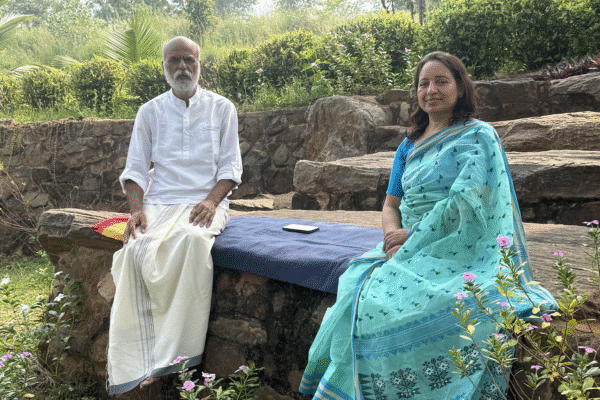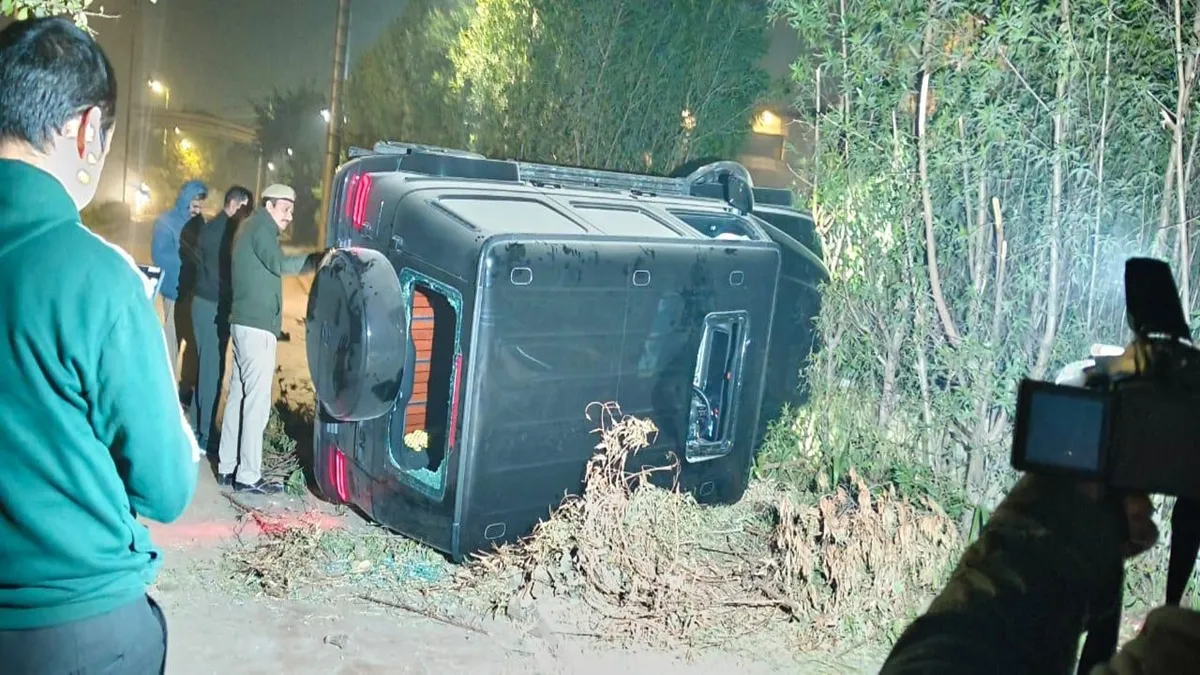

Bihar 2025 Assembly Election: RJD vs BJP in Shortest Poll
The Bihar 2025 Assembly election RJD vs BJP contest is shaping up to be a crucial political showdown as the state heads into its shortest election in 15 years.
The reduced number of phases reflects the Election Commission’s growing confidence in logistical planning, security deployment, and administrative preparedness. Unlike previous elections that were stretched over several weeks due to law and order concerns or festival schedules, the 2025 election has been compressed into just two phases to streamline the process and minimize disruptions. The move also points to a more centralized and technology-driven approach to election management in Bihar.Bihar is set for its shortest Assembly election in 15 years, with polls to be conducted in just two phases — on November 6 and 11 — and results declared on November 14. This marks a significant shift from previous elections, which spanned three phases in 2020, five in 2015, and six in 2010.
As political parties gear up for the 2025 contest, the spotlight is on whether Rashtriya Janata Dal (RJD) can maintain its 20%-plus vote share, and if Bharatiya Janata Party (BJP) can bounce back to dominance. The Janata Dal (United), led by Chief Minister Nitish Kumar, faces a critical test after years of shifting alliances and declining support.
JD(U)’s Rise and Decline: From Dominance to Dependence
The 2010 Assembly elections marked a high point for Nitish Kumar’s JD(U). Riding on a development plank, the party won 115 seats with a 22.58% vote share, while its ally BJP secured 91 seats (16.49%). Together, the NDA dominated the political landscape, leaving the RJD-LJP alliance far behind at just 25 seats. Congress, contesting alone, hit a low with just 4 seats.
However, JD(U)’s strength began to fade. By 2015, Nitish broke away from the NDA and formed the Mahagathbandhanwith RJD and Congress. The alliance swept the elections with 178 seats and 41.84% of the vote. RJD led the pack with 80 seats (18.35%), JD(U) followed closely with 71 seats (16.83%), and Congress picked up 27 seats from 41 contested.
In 2020, the JD(U) rejoined the NDA. Despite winning a majority with 125 seats, the party’s performance hit a new low — 43 seats and 15.39% vote share. In contrast, the BJP surged ahead with 74 seats (19.46%). The RJD, despite being in Opposition, emerged as the single largest party with 75 seats and 23.11% vote share.
RJD, BJP, and Congress: Where Do They Stand Now?
The political landscape shifted again in 2022, when Nitish exited the NDA and briefly rejoined the Mahagathbandhan. But by January 2024, he returned to the NDA fold, forming a government with the BJP for the fourth time in a decade.
In the current Assembly, the JD(U) has 45 MLAs, and the BJP holds 78, taking the ruling combine’s tally to 123 — just above the majority mark. The RJD-Congress-Left alliance holds 114 seats, falling short by eight.
The 2024 Lok Sabha elections further bolstered the NDA. JD(U) and BJP each won 12 parliamentary seats, out of 16 and 17 contested respectively. Overall, the NDA led in 174 Assembly segments. The Mahagathbandhan lagged, winning just nine seats — four for RJD, three for Congress, and two for the Left, with leads in 62 segments.
What Lies Ahead in November?
The upcoming election will test whether RJD can retain its 23.11% vote share from 2020 or risk sliding further. It will also show whether BJP can capitalize on its recent momentum and emerge as the dominant force in Bihar politics.
The Congress, which showed brief promise in 2015 but underperformed in 2020, remains a wildcard, often benefiting from alliances but struggling to stand on its own.
With shorter voting phases, volatile alliances, and a history of dramatic political realignments, Bihar’s 2025 Assembly election promises to be one of the most closely watched contests in recent memory.

Gyaneshwar brings more than three decades of distinguished journalistic experience to the team. He has contributed significantly to both print and electronic media and directed several documentary films. For over 35 years, he has held key editorial roles in newspapers and TV channels, including The Pioneer and JAIN TV. Known for his balanced perspective and in-depth analysis, he brings leadership and expertise, and ensures accuracy, relevance, and clarity in every story.








